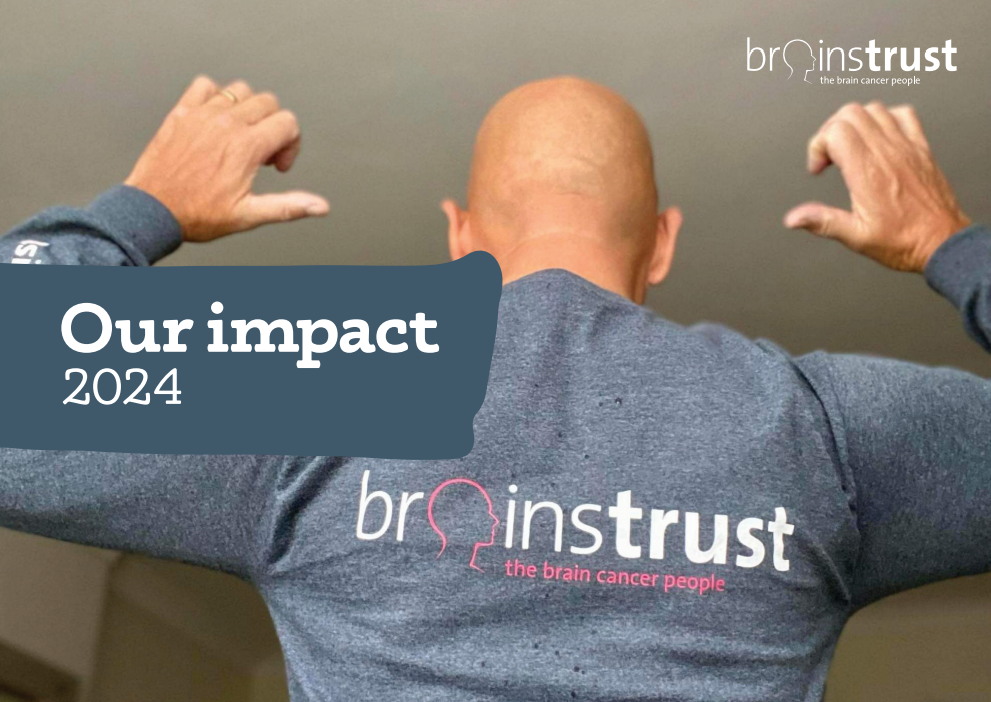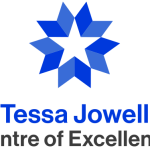The year 2020 was filled with many challenges. But nothing compared to the news that my best friend, Yas, had been diagnosed with a brain tumour. And at just 18 years old, I felt totally ill equipped to help her.
Five years on, I understand more about what Yas is going through. I also now appreciate the value of a dependable support network for the friends and family trying to navigate this uncertainty. And that’s brainstrust. I wanted to set myself a challenge, always a fraction of what Yas is having to contend with, in the hope of making a difference to her and others alike.
team brainstrust, team Yas
So when I saw a spot at Paris Marathon with brainstrust, I immediately signed up. For those longer term challenges in life, my father often reminds me that, “it’s a marathon not a sprint”. Twenty weeks out, my training plan begun with what then seemed long, challenging training runs. But as the temperature dropped, the days got shorter and the runs got longer, I came face to face with the real dark side of marathon training. Dragging myself out of bed on a gloomy, rainy morning before the world awakes and before enduring three hours of lonely pain. These times tested my physical and mental resilience to new levels, but Yas was with me all the way. No sacrifices I made or amount of pain I suffered could come close to the challenges she faces day to day. Then with one week to go, I tore my hip flexor.
It was at this point I needed some help. But thanks to the kind words of support from brainstrust, I was reminded of why I was doing this. Against my physio’s advice I decided that after seven months of training, nothing would get in the way of me and the Paris Marathon start line.
That finish line feeling
If you ever lose faith in humanity, go to mile 26 of a marathon. I have never felt such a surge of intense emotions, from pain and exhaustion to the brink of giving up, only to be lifted by the energy of the crowds. At times it was truly euphoric. Crossing (or rather limping) over the finish line in Paris was both painful and unforgettable, but it was nothing compared to the strength Yas has shown every day for the past five years. brainstrust helped me through those twenty weeks when the challenge almost felt too much. But they are there every day, for patients and families when it really matters, providing support and care through moments far more challenging than any marathon. Running this marathon reminded me that it’s not about the speed or the smoothest path, it is about showing up again and again, even when it’s hard. That’s what brainstrust does, and that’s what Yas has done, every day. I’m proud to have run for her and proud to support the work that helps people like her keep going.
If you are caring for someone with a brain tumour and would like help, information and support, then get in touch today on 01983 292405. You can visit our dedicated area for brain tumour caregivers here.








